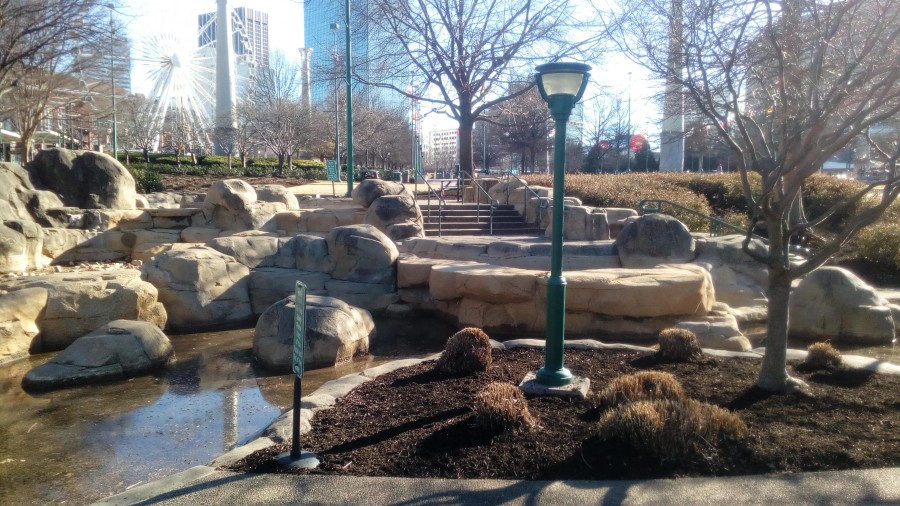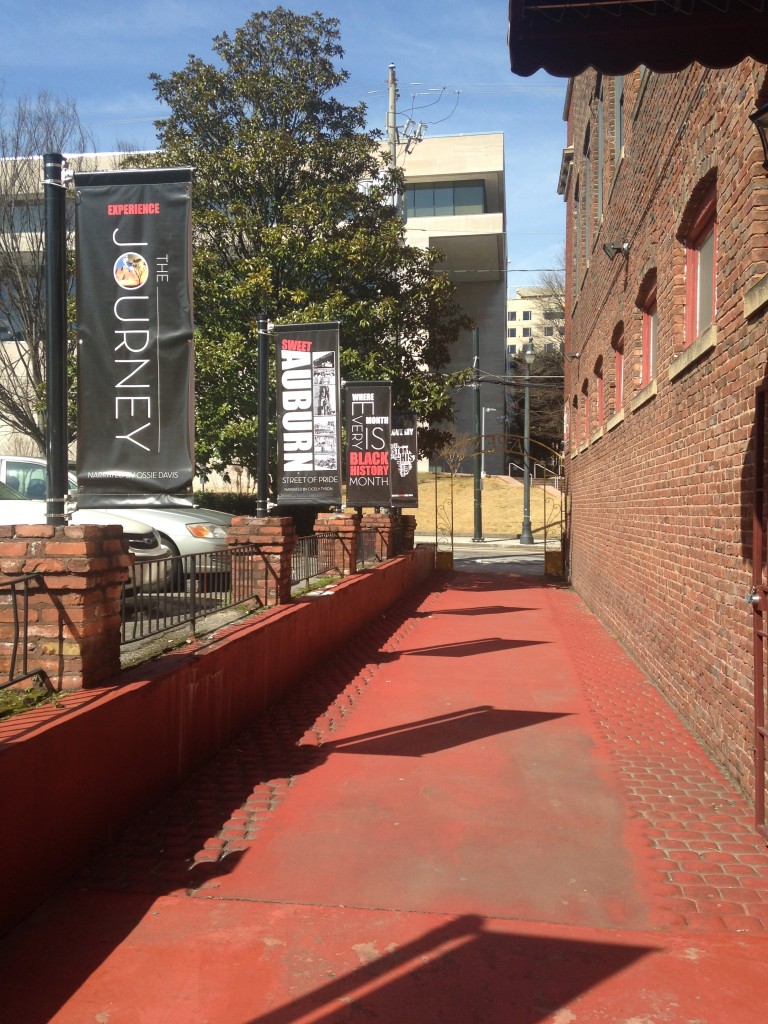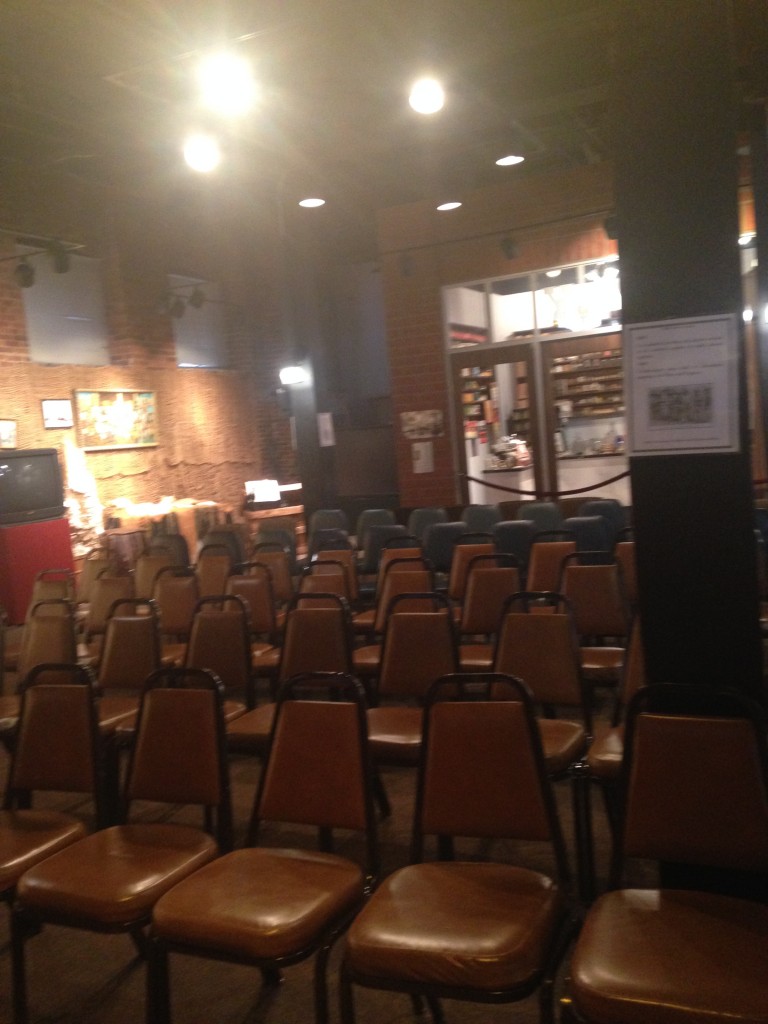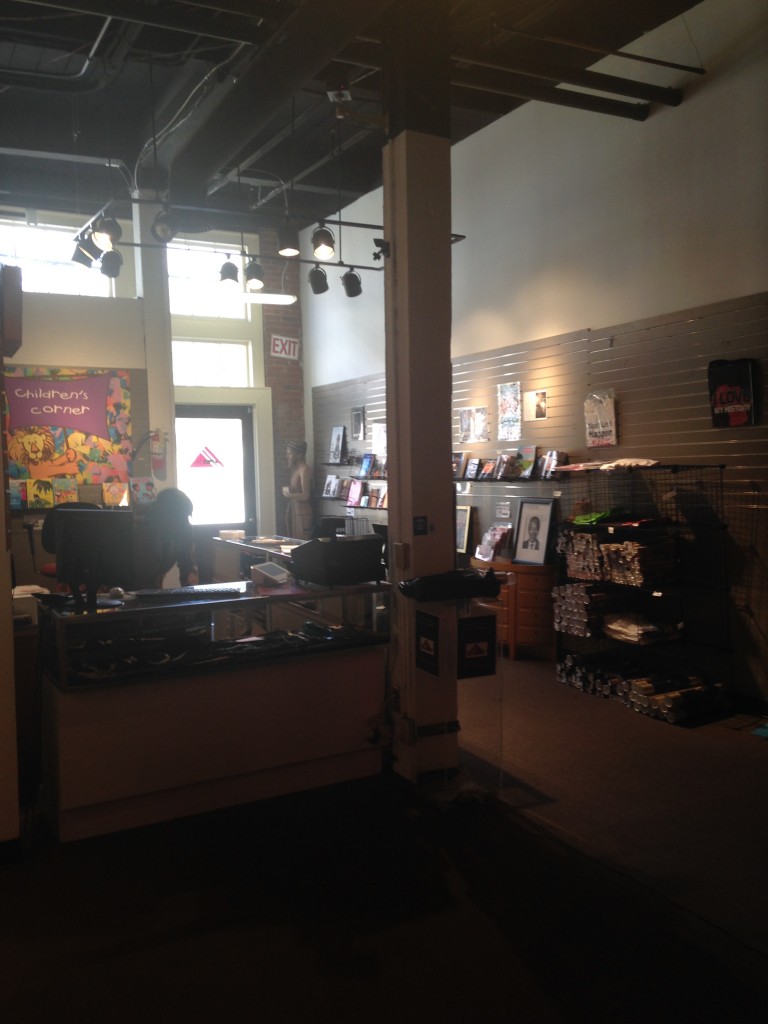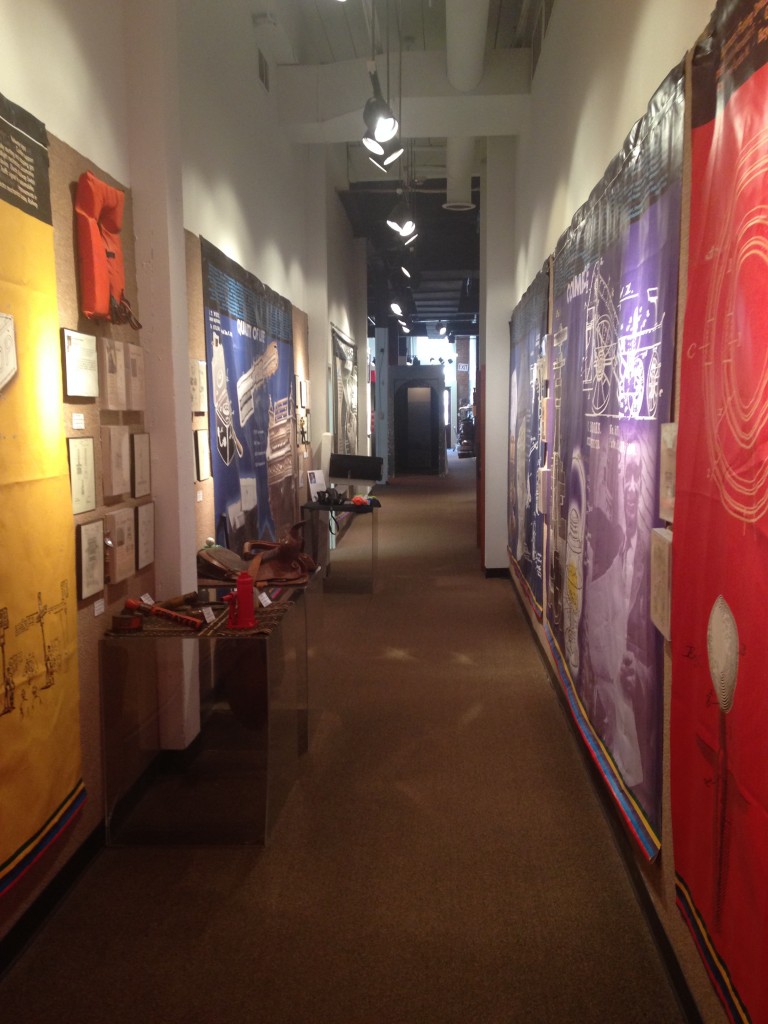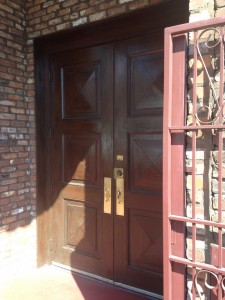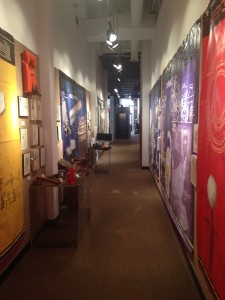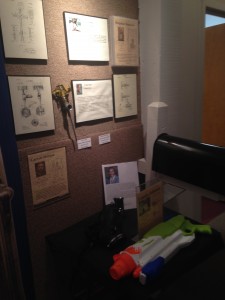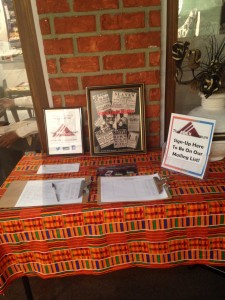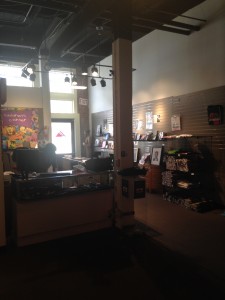The claim: Atlanta’s exterior built environment is transitioning from a car-centered infrastructure to one that is more walkable and bikeable.
Two scholarly sources:
- Sarah Schindler’s article about Architectural Exclusion mentions the the placement and size of public transportation and how it affects the public. She does mention Atlanta’s MARTA train transportation and compares it to a much bigger impactful public transportation system like New York’s. In Atlanta, there have been discussion of it’s expansion; however citizens of certain neighborhoods do not want this to happen because they do not want lots of outsiders near their homes. This means in Atlanta, it is hard to just depend on train transportation because it it limited to certain areas causing cars to still be a major form of transportation.
- The annotated bibliography created by qmcclain2 talks about bike lanes in Atlanta. It states evidence showing how Atlanta is trying to incorporate bike lanes throughout the city. The lanes benefit not only the bicyclists but everyone else too.It provides more safety for the bicyclists and drivers of cars. The downfall of bike lanes are the city’s struggle to pay for the cost.
Two popular sources:
- This website talks about the reasons for the construction of the Atlanta Streetcar. The name of the website is Central Atlanta Progress; Atlanta Downtown Improvement District which means that this information is coming straight from people who report improvement projects in Atlanta. The article goes on to say what the city of Atlanta have planned for the streetcar. One goal they described they wanted for the Streetcar is to decrease the dependence on cars. Thereby, promoting walking to get to certain popular destinations. The city also wants to promote the MARTA by having the Streetcar routes connect to certain transit stations. The audience of this website would be citizens of metro Atlanta; people who work in Atlanta, people who live in Atlanta, and people who visit Atlanta.
- This website promotes the accommodation of walkers within cities. It emphasizes the importance and the benefits of making cities walkable through street design. Walkability is explained to be inexpensive, healthy for residents, and beneficial to natural and economic resources: overall wellness. This website is clearly biased in that it only provides visitors with the advantages of walkable environments. An argument is vaguely stated, but it not fully reliable because of the lack of evidence and a counterargument. Therefore, the visitor can conclude that the website is to advertise the inclusion of walkable streets in cities in order to further accept people who rely on their feet as a means of transportation.
Evidence:
- Atlanta’s streetcar promotes walking through the city instead of driving your car to and from popular places in Atlanta. We choose this source because it relates directly to our topic and shows how Atlanta is becoming more walkable and bikeable. Atlanta residents and tourists can walk, bike, and skate to the streetcar pay a single dollar and ride to a particular destination in the city. The streetcar advances the walkability and bikeability of Atlanta.
- Bike Lanes are being constructed in certain areas to allow safe transit for bike riders. Most bike lanes are near major tourist attractions and parks. All bike lanes connect the attractions that they are near. For example, traveling from Freedom Park (King Center area) to Centennial Olympic Park isn’t a problem because of the connection of bike routes.
- MARTA is a great way for people to ride around Atlanta from place to place. Though MARTA has its flaws it is better than the Streetcar because it goes to more destinations in Atlanta. People are able to walk, bike, or skate to MARTA and bring these things on the train. This relates directly to our topic because it shows how MARTA enhances the walkability and bikeability of Atlanta.
This picture shows how Atlanta is trying to adapt the culture of walking. Centennial Park is a popular park for tourists and residents. This park has walkways and bike routes. Residents have been known to walk or ride through and around this park. This park is surrounded by popular Atlanta attractions like The World of Coke, The Georgia Aquarium, The CNN Center, and many more.
Bibliography:
- Goines, Tay. “Streetcar- Downtown.” Web log post. Tay Goines Blog. WordPress, 13 Feb. 2016. Web. 24 Mar. 2016.
- McClain, Quintia. “Annotated Bibliography 4: Bicycle Lanes.” Web log post.Qmcclain2s Blog. WordPress, 24 Feb. 2016. Web. 24 Mar. 2016.
- “Atlanta Streetcar.” Atlanta Streetcar. Central Atlanta Progress, n.d. Web. 24 Mar. 2016.
- “Bike Lanes, Cycletracks and Sharrows.” Central Atlanta Progress. Geocentric, n.d. Web. 24 Mar. 2016.
- “Walkable Communities.” Walkable Communities, Inc. Walkable Communities, Inc, n.d. Web. 24 Mar. 2016.
- Bjulmisse1. Centennial Olympic Park. Digital image. BrandonsBlog. WordPress, 9 Feb. 2016. Web. 24 Mar. 2016.
- SCHINDLER, SARAH. “Architectural Exclusion: Discrimination And Segregation Through Physical Design Of The Built Environment.” Yale Law Journal 124.6 (2015): 1934-2024. Academic Search Complete. Web. 26 Dec. 2016.
